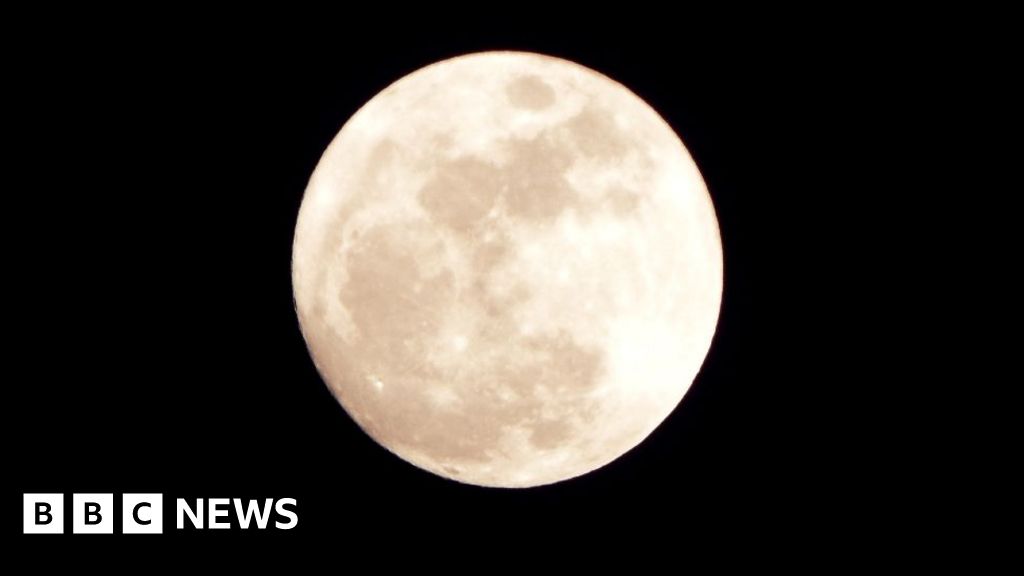India's Chandrayaan-3 Finds Ancient Magma Ocean on Moon South Pole

India's Chandrayaan-3 mission has discovered remnants of an ancient magma ocean at the Moon's south pole, supporting the Lunar Magma Ocean theory about the Moon's formation 4.5 billion years ago. The mission, which landed in August, explored an area previously unvisited by any spacecraft and found evidence of ferroan anorthosite, a mineral believed to have formed the Moon's surface.
The rover Pragyaan operated for 10 days, collecting data and conducting 23 measurements to analyze the lunar soil. The mission also revealed signs of a significant meteorite impact that created the South Pole–Aitken basin, one of the largest craters in the solar system, and ejected material from deep within the Moon.
These findings enhance our understanding of the Moon's early evolution and pave the way for future missions, including a planned sample return mission in 2025 or 2026.